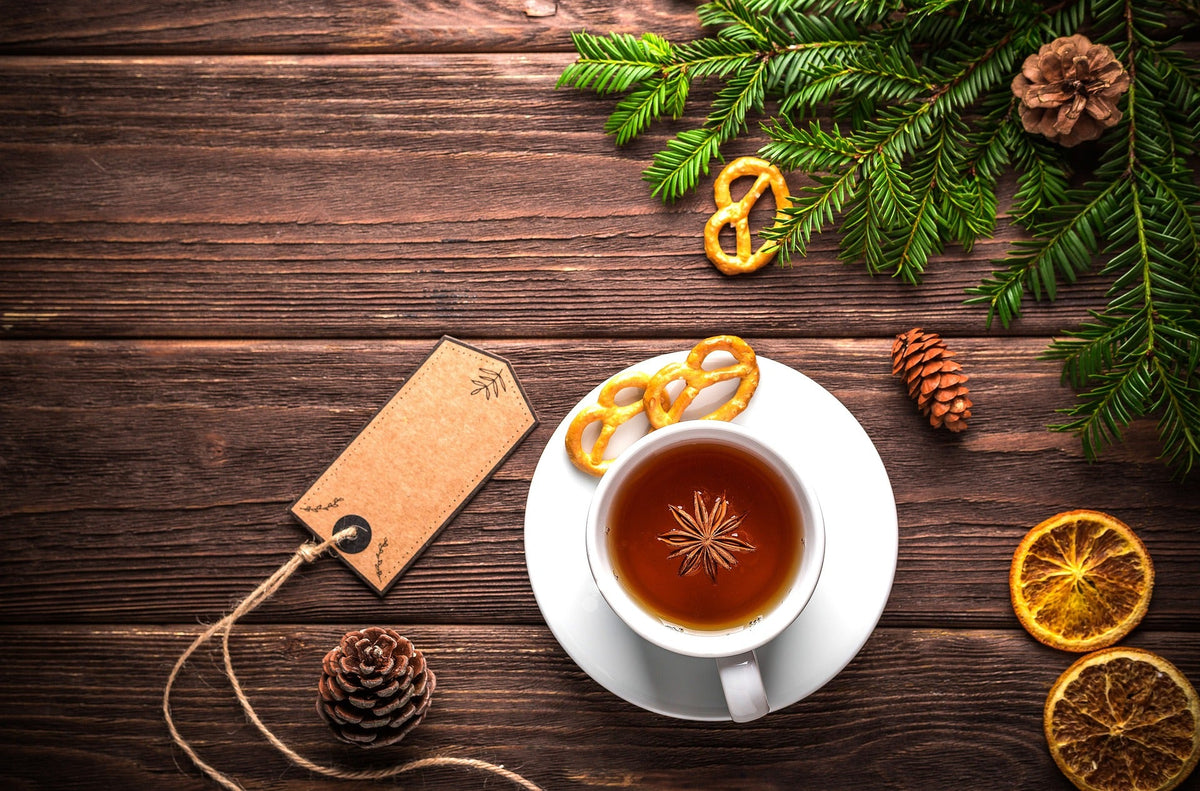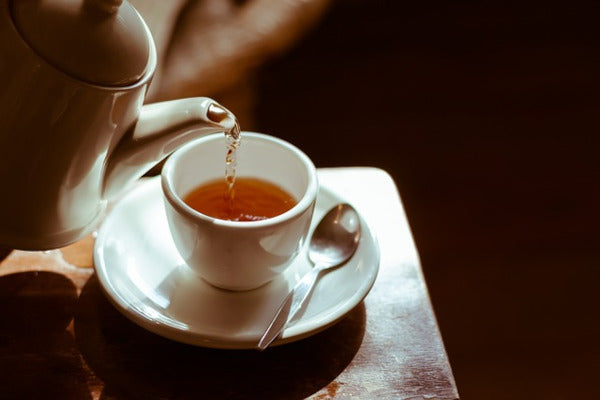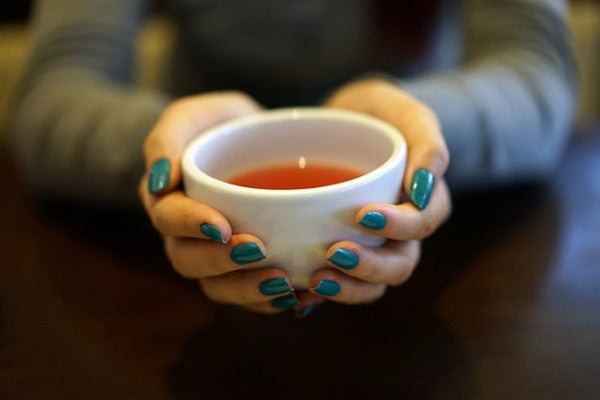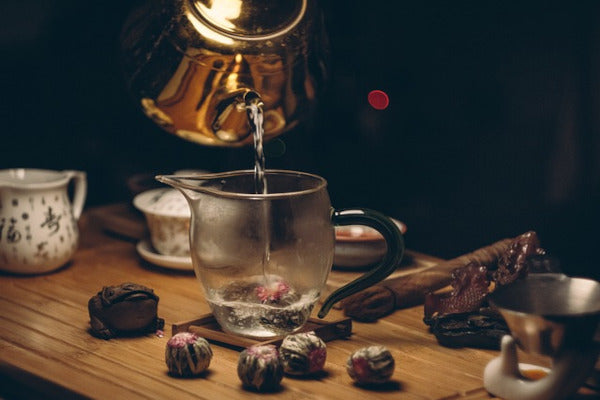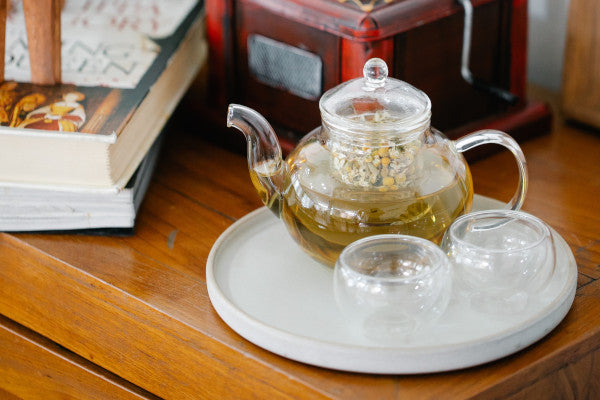When talking about teas , many of the drinks that are called that way, do not actually belong to this class, such as herbal infusions , fruit infusions , Rooibos or tisanes , which are generally made from flowers, fruits or dried herbs immersed in water without tea leaves (Camellia sinensis).
Historically consumed for medicinal reasons or as a caffeine-free alternative , many herbal teas are beginning to find their own popularity outside the traditional tea world. Virtually any digestible flower, fruit, or herb that can be boiled in water can be made into a herbal tea. Herbal teas have a rich history; for example, in traditional Chinese medicine, herbal teas are described as offering a variety of relaxing or rejuvenating benefits.
Herbal tea or herbal tea?
Although it's common to confuse the two terms and use them interchangeably, without fully understanding what a herbal tea, or infusion, is , the truth is that a tea is an infusion of tea leaves, while herbal teas are made from many plants, usually a mixture of them.

On the other hand, when we talk about an infusion, the water is poured over the plant or fruit while it's very hot, but before it has reached boiling point. In contrast, with a herbal tea, it's allowed to boil for about two minutes.
What are herbal teas?
Without a doubt the most famous digestive herbal tea in the world , finds its roots in ancient Egypt, where it was first mentioned as chamomile . It was used to honor the gods, embalm the dead, and heal the sick, and to this day, chamomile has achieved lasting fame. This clear, sweet, and floral infusion is praised for its calming effects.
Another popular herbal tea is Mint leaves, which It is used as a caffeine-free home remedy that aids digestion and has calmed the stomach for millennia. Peppermint tea is still commonly used. As a general remedy for a multitude of problems, very similar to chamomile, it cannot be missing from any home pharmacy.
Fruit Tisanes

Fruit teas or fruit infusions are caffeine-free blends containing a variety of fruits, spices, and herbs. The most common ingredient in fruit teas is hibiscus , a plant that produces a deep red infusion with a powerful sweetness. Hibiscus is naturally high in vitamin C, and fruit infusions are prepared with nuts, fruit peels, fruit oils, flowers, and spices to achieve perfect blends with both flavor and visual appeal.
Rooibos herbal teas
A newcomer to the scene is Rooibos , also known as " Red Bush Tea " or simply " red tea ," which is increasing in popularity every year.
Historically Rooibos was introduced as a substitute for black tea During World War II, virtually all supplies of Japanese and Chinese teas became unavailable. It was then that Western culture scoured the world for an alternative and eventually discovered rooibos, which is naturally caffeine-free and grows only in South Africa.
Rooibos has a rich, slightly sweet flavor and there are a multitude of blends available today. and flavors, often used to make iced tea blends. Organic iced tea is an attractive combination for any hospitality business.
The properties of herbal teas , as you've seen, depend on the plant, herb, or fruit from which they're made. There are many, such as rooibos tea, linden tea, or hibiscus tea, among many others.


